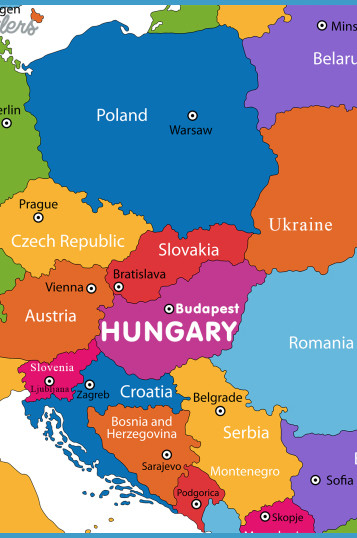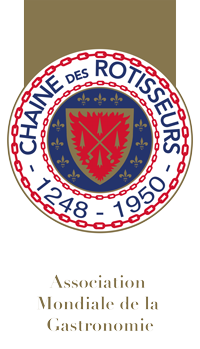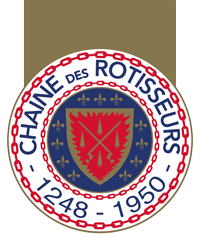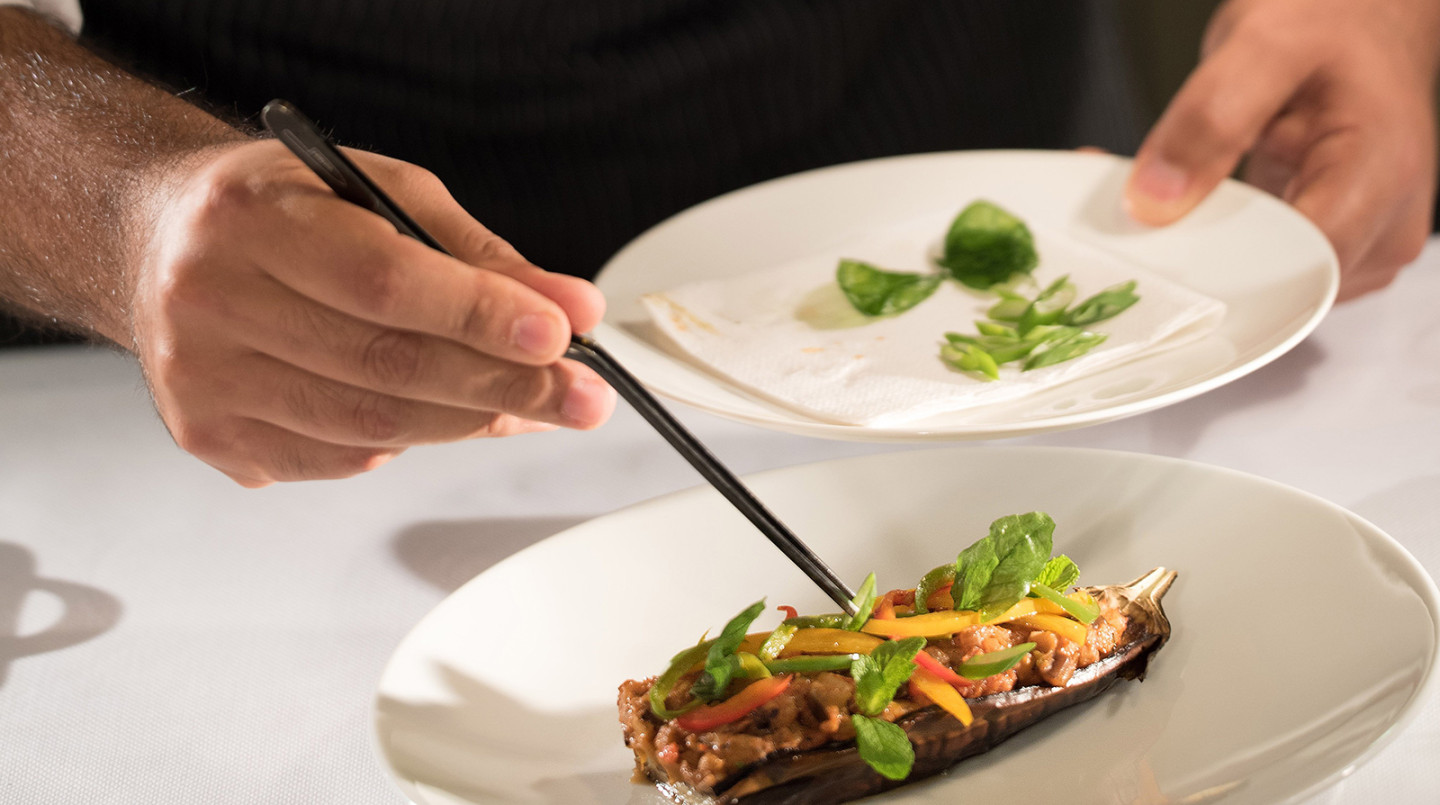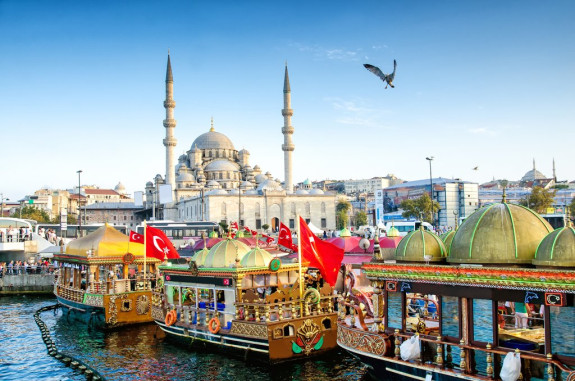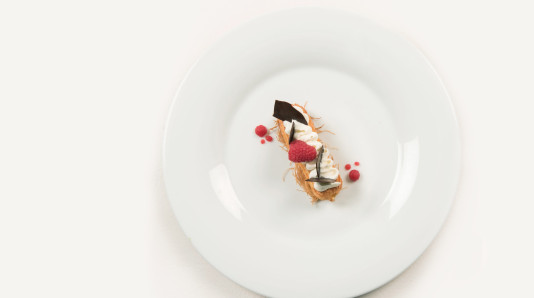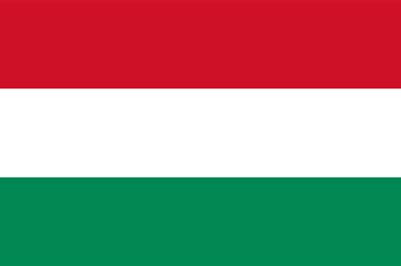
Information about Hungary
Hungary lies in the middle of Europe, in the Carpathian Basin since its foundation, which 1100 th anniversary was celebrated in 1996.
Hungary is one of the most important tourist destinations in Central and Eastern Europe welcoming more than 1 million visitors each year.
Official name: Hungarian Republic
Location: East-Central Europe
Area: 93,030 square km
Population: 9 817 958 (2016)
Density of population: 106 person/square km,(2015)
Capital: Budapest , area of 525 Km2 (1,775 million inhabitants)
Local time: in the winter GMT+1 hour
Language: Hungarian
Form of government: Republic
Administration: 19counties, 23 towns with county rights
Length of borders: 2215,3 Km
Number of neighbouring countries: 7 (borders with Austria , Slovakia , Ukraina , Romania , Serbia , Croatia , Slovenia )
Number of visitors in Hungary : 31,141,000 visitors
Characteristics - Hungarian Cuisine
For a thousand years or so, Hungary's food, like its culture, has had an intriguing double identity, cleverly blending eastern mystique with the traditions of the west. Recipes were adapted to suit their own tastes, which also gave the dishes a national flavour.
Authentic Hungarian dishes are definitely not for people on a diet. You may find our dishes a bit too heavy and fatty; however their rich flavour, aroma and texture compensate you for the slightly excessive calorie intake.
But don't think that everything is soaking in pork fat and paprika. These ingredients are essential for authentic Hungarian dishes, but properly portioning them and using modern cooking methods we can make healthy as well as delicious dishes.
The ingredients we cook with are simple. The fertile Hungarian plain and the favourable climate provide excellent conditions for growing tasty vegetables, fruits, and to raise domestic animals whose meat is savoury.
Several special ingredients are account for the distinctive flavour of Hungarian meals:
- Hungarian paprika
- lard
- onion and garlic
- sour cream
- cottage cheese, walnut and poppy seed in sweet courses
There are also a few unique Hungarian cooking methods that we use to prepare our dishes.
Hungarian Cuisine today
At the turn of the last century excellent Hungarian chefs laid the foundations of today's Hungarian cuisine. They artfully adjusted our gastronomy to the French gastronomy without losing the uniqueness of traditional Hungarian cooking. By the beginning of the 20th century Hungary's cuisine was internationally renowned.
In recent years restaurant chefs are trying to alter Hungarian cuisine to be healthier, low in calories, but still rich in vitamins while preserving authentic Hungar
